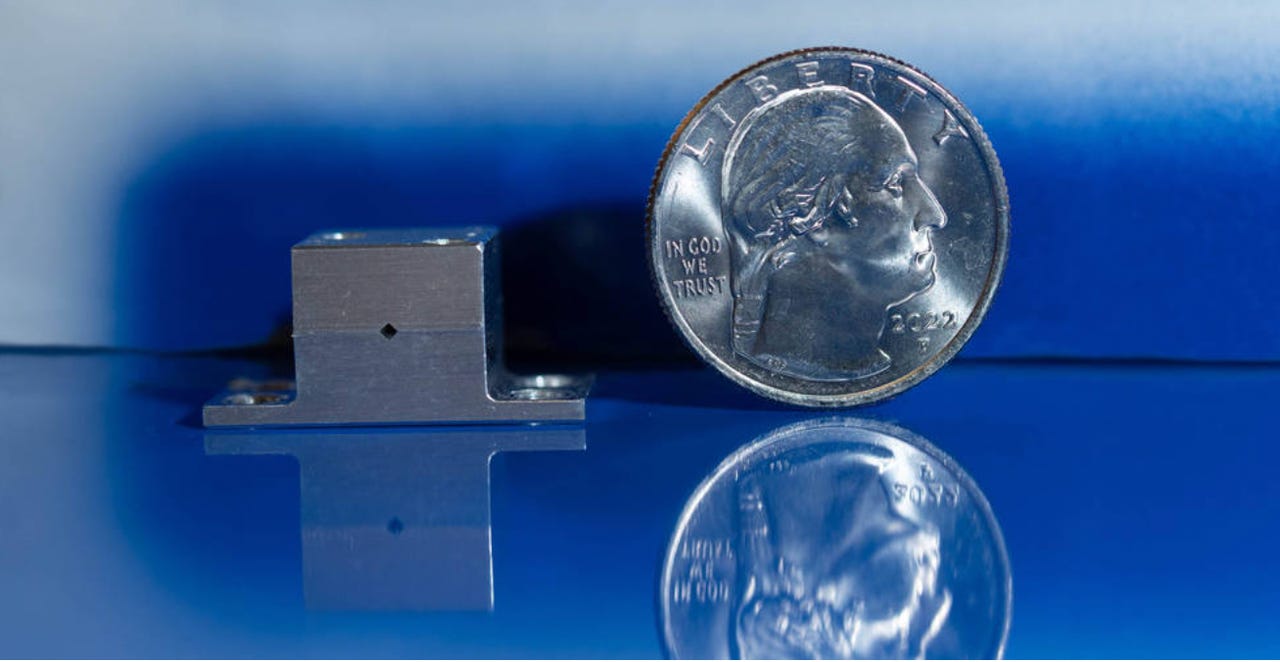NASA's new tiny, high-powered laser could find water on the Moon


Previous technologies have allowed NASA to confirm that there are small amounts of hydration across the Moon. However, these technologies have not been able to identify where it came from, how much water there is or even if it is, in fact, water. Now, utilizing Goddard technology, engineer Dr. Berhanu Bulcha has developed an instrument to definitively locate and identify water sources on the Moon, according to a NASA post.
Innovation
"Other missions found hydration on the Moon, but that could indicate hydroxyl or water. If it's water, where did it come from? Is it indigenous to the formation of the Moon, or did it arrive later by comet impacts? How much water is there? We need to answer these questions because water is critical for survival and can be used to make fuel for further exploration," said Dr. Bulcha.
SEE: NASA enters contract for computing processor that will change space exploration
NASA prioritizes identifying water and other resources because it is crucial to exploring the Moon and other objects in the solar system.
Dr. Bulcha said that an instrument known as a heterodyne spectrometer could zoom in on particular frequencies to locate and identify the hydration on the Moon. A stable, high-power terahertz laser that is needed for the spectrometer was prototyped in collaboration with Longwave Photonics through NASA's Small Business Innovation Research (SBIR) program.
"The problem with existing laser technology is that no materials have the right properties to produce a terahertz wave," said Dr. Bulcha.
SEE: NASA is blazing an inspirational trail. We need to make sure everyone can follow it
Hydrogen-containing compounds such as water emit photons in the terahertz frequency range, says NASA. However, traditional lasers fall short in the portion of the spectrum known as the terahertz gap. In order to fill the gap, Dr. Bulch's team is developing quantum cascade lasers.
To bypass issues with the quantum cascade laser beams spreading out in a large angle, the team, using innovative technology supported by Goddard's Internal Research and Development (IRAD) funding, integrated the laser on a waveguide with a thin optical antenna to tighten the beam.
Dr. Bulch hopes to have a flight-ready laser for NASA's Artemis program. However, the use of this laser can go far beyond the Artemis mission. "It could also power a handheld device for use by future explorers on the Moon, Mars, and beyond," said NASA.